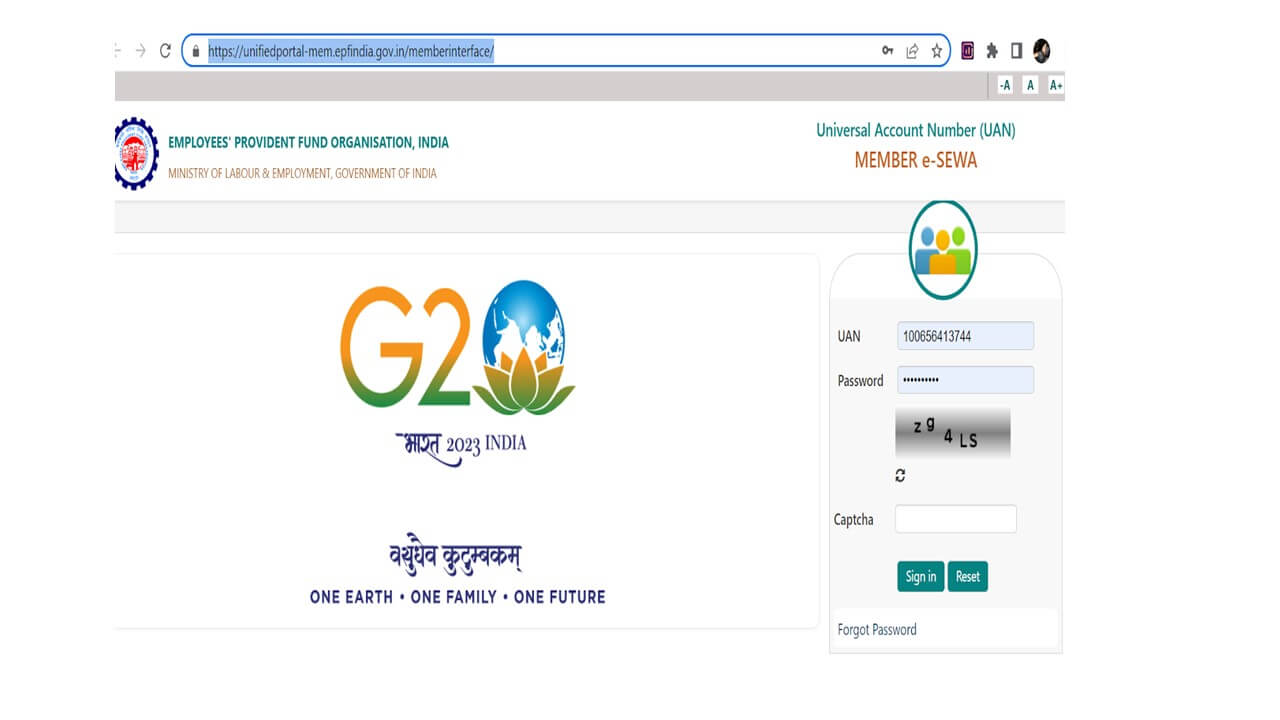What is a pension fund manager?
Pension fund managers perform a similar role as mutual fund managers, and they collect a small fee for the same. Following are the functions of pension fund managers.
- Accepting funds from investors to invest as per the investor’s requirements.
- Investing the funds collected as per the guidelines of Authority and Investment Policy.
- Construction of the fund and periodical review of the investments to ensure it is meeting the norms and investment objective.
- Maintain proper books of accounts for the schemes managed
How does NPS choose a fund manager?
National Pension System is a defined contributory pension system. The pension funds that are collected are invested in a mix of assets by the fund managers. Also, the retirement corpus depends on the performance of these assets. There are three types of assets that NPS allocates the funds namely, equities, corporate bonds, and government securities.
An investor can choose between two choices, namely the active choice and auto choice. In auto choice, the allocation of assets depends on the age of the investor. In contrast, in active choice, the investor can choose the asset allocation subject to an investment cap.
Pension fund managers manage the pension fund. Moreover, they are responsible for investing the collected funds into asset classes as per the investment objective and guidelines of Authority and Investment Policy. The fund managers also perform a periodic review to ensure the underlying assets are performing well. They charge a small fee for the services they perform. The fee is based on average assets under management.
NPS has 8 pension fund managers currently. They are:
- Kotak Mahindra Pension Fund Limited
- Aditya Birla Sun Life Pension Management Limited
- SBI Pension Funds Private Limited
- UTI Retirement Solutions Limited
- Reliance Pension Fund
- ICICI Prudential Pension Funds Management Company Limited
- LIC Pension Fund
- HDFC Pension Management Company Limited
How do I choose a pension fund?
Retirement is considered a golden period by many. For enjoying this golden period, one has to ensure they have enough funds to live a stress-free and hassle-free life. One has to start planning for their retirement right from the time they first start working. This will ensure regular income even during retirement.
There are many pension plans in the market, and choosing one is difficult. Moreover, one has to choose one pension fund for all the assets. One cannot choose one pension fund for equity, one for corporate bonds, and another for government bonds. Below are a few tips for choosing pension funds.
Returns
The best way to determine which pension fund to choose is the returns it gives. Always choose a fund that offers good inflation-adjusted returns.
Flexibility
Choose a pension scheme that offers a top-up facility. This is because, due to rising inflation, one needs to ensure that they have enough to cover their costs post-retirement. Also, this can only be done by increasing the premiums paid on these policies.
How does NPS pension work?
National Pension Scheme (NPS) is a defined contribution pension system. Here, the contributions are invested across different asset classes such as equities and debt like corporate bonds and government bonds. The retirement corpus largely depends on the performance of these assets. The returns from NPS investments are market-linked. Pension funds have dedicated managers to manage investors’ money.
Once an individual opens an NPS account, a Permanent Retirement Account Number (PRAN) is allotted to them. The subscriber gets an email and SMS alert from the NSDL-CRA upon generating the PRAN number. To create a retirement corpus, the subscriber has to make monthly contributions towards the scheme.
Indian citizens between 18 and 60 years can start investing in NPS. However, the account will be closed if there is a change in the citizenship status of the NRI. An investor can invest during the period of their employment at regular intervals. It allows an investor to withdraw a part of the corpus post-retirement and use the remaining to buy an annuity. The investor receives the remaining amount monthly as a pension post-retirement.
Individuals can open two accounts, Tier I and Tier II. Tier I account is a default non-withdrawal permanent account. The minimum investment is INR 500 and post that INR 1,000 or more every year. The account has certain withdrawal restrictions. Such as only 60% of the corpus can be withdrawn upon maturity. The remaining 40% is to purchase an annuity.
Tier-II account is a voluntary retirement cum savings account. Only individuals having Tier I accounts can open a Tier II account. The minimum investment is INR 1,000. Furthermore, the account has no withdrawal rules.
Frequently Asked Questions
Pension fund managers perform a similar role as mutual fund managers, and they collect a small fee for the same. Following are the functions of pension fund managers.
1. Accepting funds from investors to invest as per the investor’s requirements.
2. Investing the funds collected as per the guidelines of Authority and Investment Policy.
3. Construction of the fund and periodical review of the investments to ensure it is meeting the norms and investment objective.
4. Maintain proper books of accounts for the schemes managed
National Pension System is a defined contributory pension system. The pension funds that are collected are invested in a mix of assets by the fund managers. Also, the retirement corpus depends on the performance of these assets. NPS has 8 pension fund managers currently
There are many pension plans in the market, and choosing one is difficult. Moreover, one has to choose one pension fund for all the assets. One cannot choose one pension fund for equity, one for corporate bonds, and another for government bonds. Here are a few tips for choosing pension funds: Returns and Flexibility
Once an individual opens an NPS account, a Permanent Retirement Account Number (PRAN) is allotted to them. The subscriber gets an email and SMS alert from the NSDL-CRA upon generating the PRAN number. To create a retirement corpus, the subscriber has to make monthly contributions towards the scheme.



























Show comments